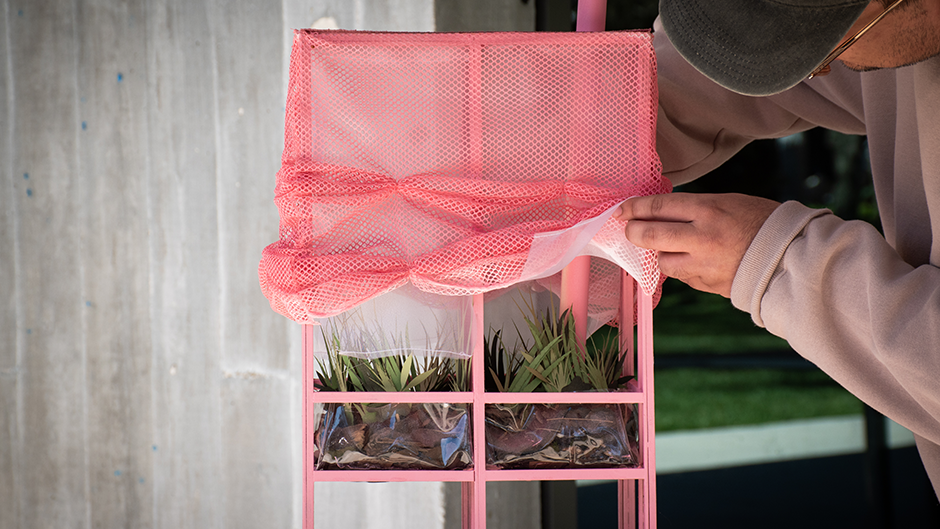Professor Lily Wong, brings a refreshing perspective to architectural discourse by infusing her work with a deep appreciation for botanical heritage and environmental consciousness. Wong challenges the norms of architectural education, inviting students to explore their personal narratives and relationships as catalysts for design inspiration.
Before beginning her career in academia, she worked on large cultural projects at an established office in New York for over 6 years. After almost 2 years of construction administration for an art museum in Tampa during the pandemic Wong needed a change, “I saw this call for applications to a research and teaching fellowship at Syracuse University. I thought it would be fun to pursue a project about the cultural histories and production networks of ‘houseplants’, spouted from my professional experience with a botanical garden as client and with landscape architects.” Embracing the spirit of intellectual curiosity, she embarked on a quest to merge her passion for architecture with her connection to botanical ecosystems.
Wong's upper-level research studio is entitled, Pet Plants, which is a term she made up to denote a relationship with plants that is not based on utility and commercialization but on care, much like your connection with your puppy or kitten. Pet Plants research studio is about the role of architecture as an interface for human-plant relationships and the act of planting as a form of social and environmental empowerment.

"I am most excited about students discovering their intellectual interests and positioning their own voices within the field of architecture. In this studio, students are asked to choose their programs and sites and to construct an argument for their projects. We are doing research and design exercises concurrently because developing a project is not a linear process. In other words, the research will shape the design direction, while design development will inform the research framework,” Wong explains. “What interests me the most as an architect is the question, how do we know landscapes or land or environments? This knowledge is often framed by architecture and visualized through maps, surveys, and images. Many scholars have argued that the historic advancements of these representation tools are entangled with colonialism and extraction. As we continue to develop ways of understanding landscapes and making new worlds, we also need to create new methods of representation that undo the assumption of objectivity. I am tackling this challenge in my own work, as well as in the upper-level studio I am leading.”

